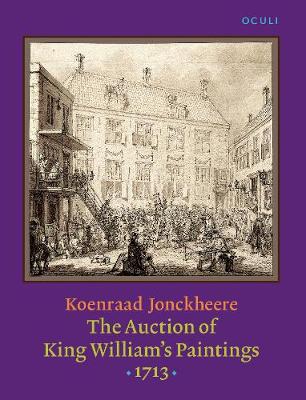OCULI: Studies in the Arts of the Low Countries
1 primary work
Book 11
The collection of Stadholder-King William III went under the hammer in Amsterdam on 26 July 1713. Organised by the renowned art collector and agent Jan van Beuningen with the assistance of Jan Pietersz. Zomer, the foremost Amsterdam art broker, the auction was a virtual society event attended by a host of Dutch regents, agents and diplomats as well as European noblemen and princes, including the Elector Palatine Johann Wilhelm, the Elector of Mainz Lothar Franz von Schönborn, Anton Ulrich Duke of Braunschweig and James Brydges Duke of Chandos. They were all interested in the pictures from the gallery at Het Loo Palace, William III’s summer residence. This book sheds new light on the actual auction and its organisation, placing it within the context of the international trade in art. It explores the links between culture agents, art brokers, bankers, diplomats, and collectors. The fascinating story of this public sale serves as a means of analysing the elite international art trade and its implementation at the end of the Dutch Golden Age. A wide range of previously unpublished archival material was consulted, making it possible to illustrate all aspects of the international art trade and the ‘court’ policies of English and German noblemen relating to new acquisitions. Particular emphasis is placed on the functioning of the diplomatic networks that supplied art to the high nobility and foreign courts. The majority of the individuals featuring in this study were previously unknown and thus unstudied. Yet they dealt in sublime masterpieces by Rubens, Van Dyck, Poussin, Rembrandt and many other leading artists.
